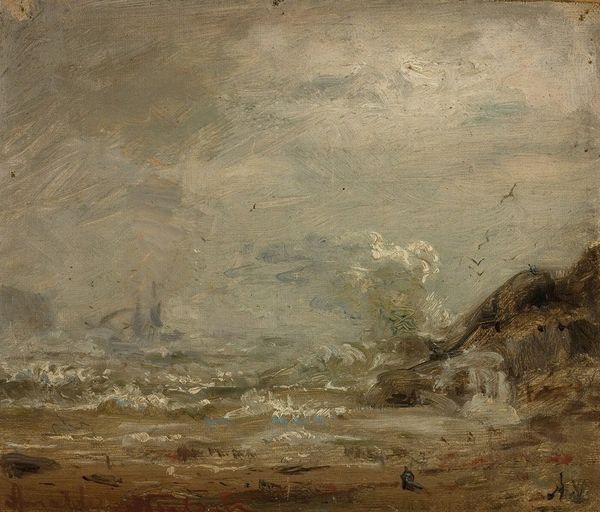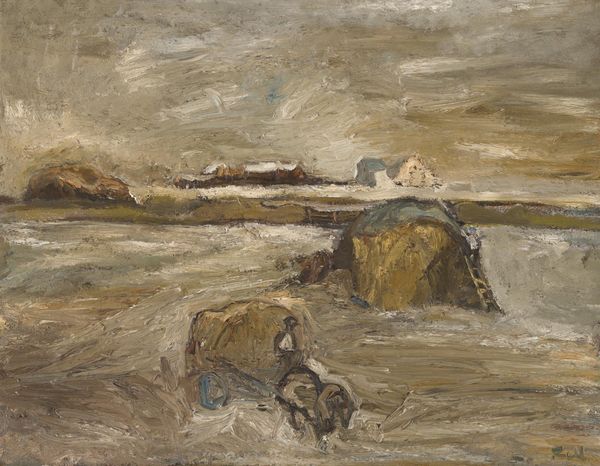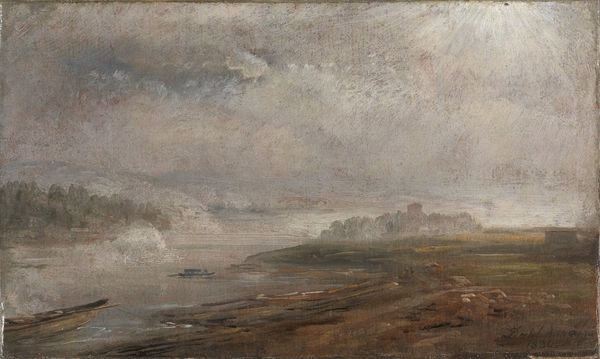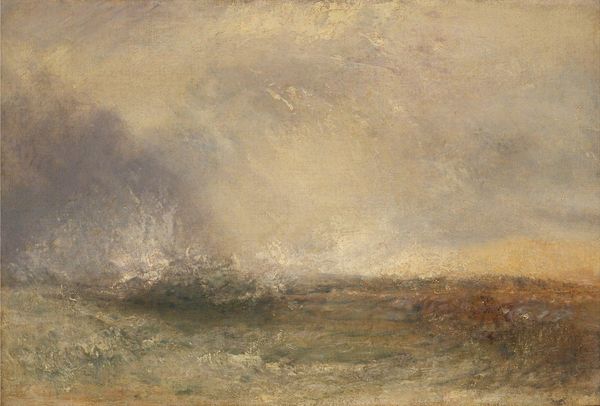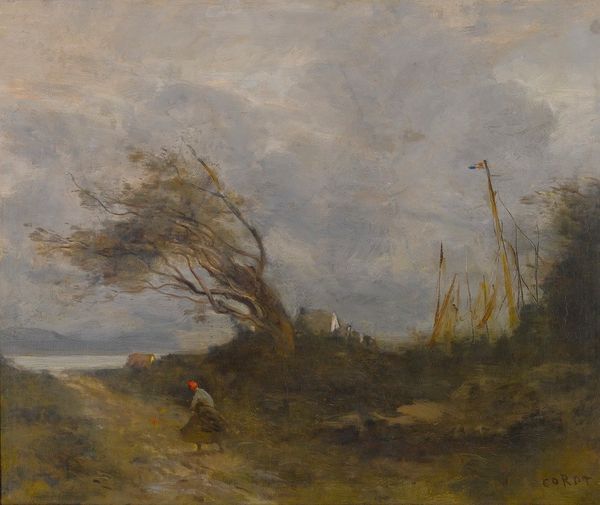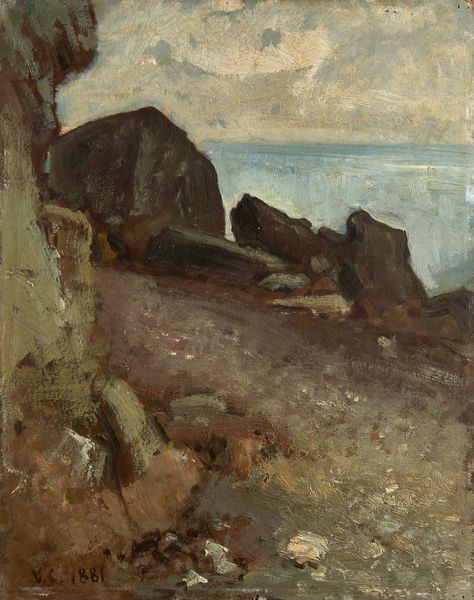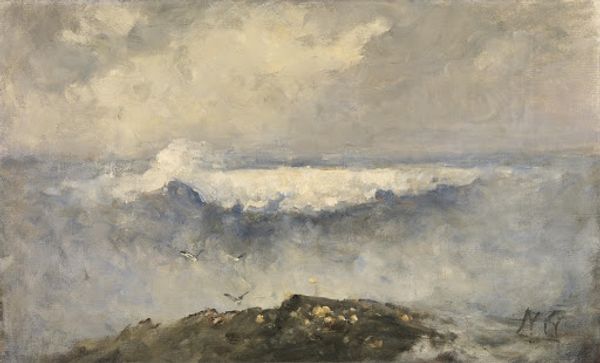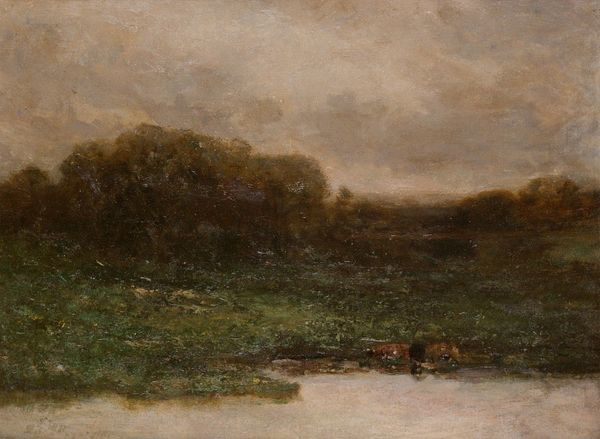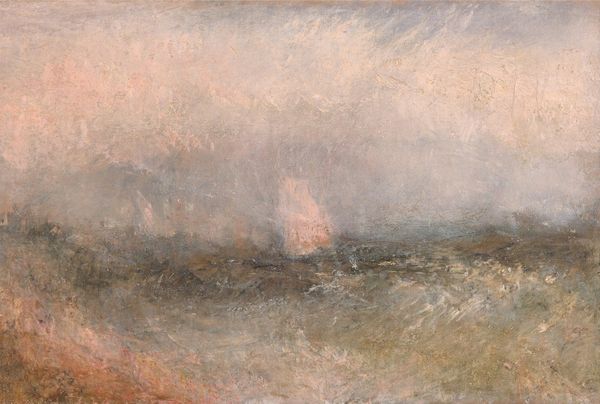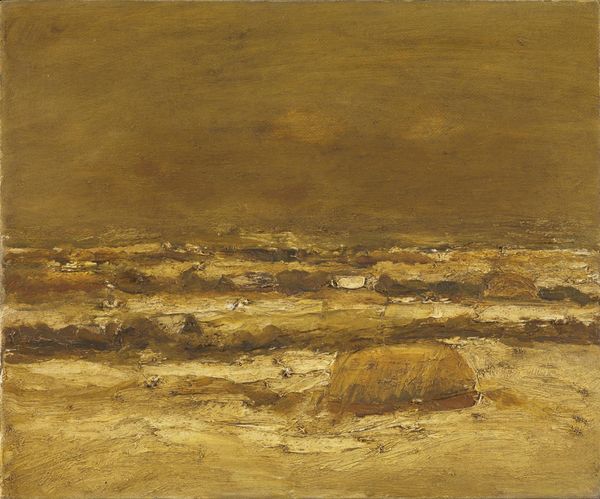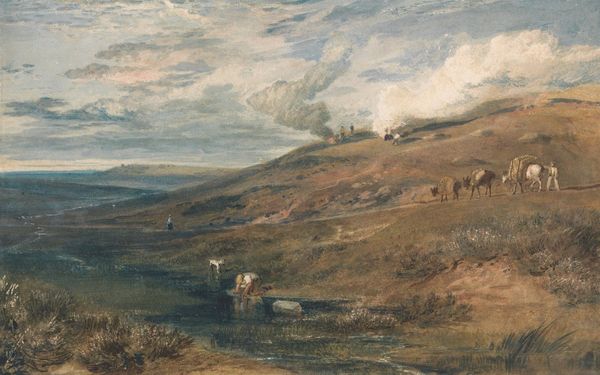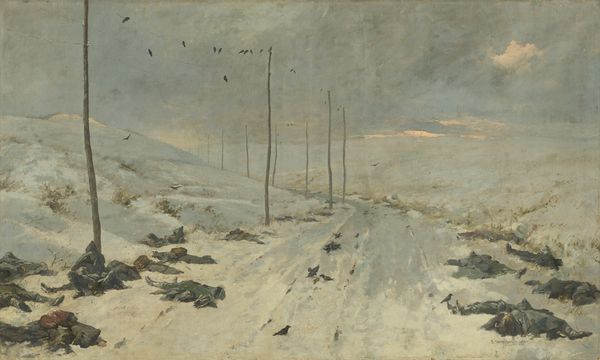
Copyright: Public domain US
Henri Matisse painted this seascape with oils, capturing the Belle-Île-en-Mer. The churning sea, a constant motif in art history, here embodies both the sublime terror and the life-giving properties of nature. Consider the ancient Greeks and Romans, for whom the sea was personified by gods like Poseidon or Neptune, deities of immense power and unpredictable temperament. These gods controlled the seas, and by extension, human fate. We see echoes of this in later Renaissance art, where maritime scenes often symbolize the perilous journey of life. Think of shipwrecks or storms, metaphors for spiritual trials and tribulations. The sea, as depicted by Matisse, maintains this evocative power, engaging our subconscious. It's a symbol that has evolved through centuries, yet still stirs a primal understanding of our fragile existence within the grand theater of the natural world.
Comments
No comments
Be the first to comment and join the conversation on the ultimate creative platform.
